Dry magnetic beneficiation of sands from the North African deposit
- #RollMag
- #Magnetic separation
- #Dry
- #Roll separator
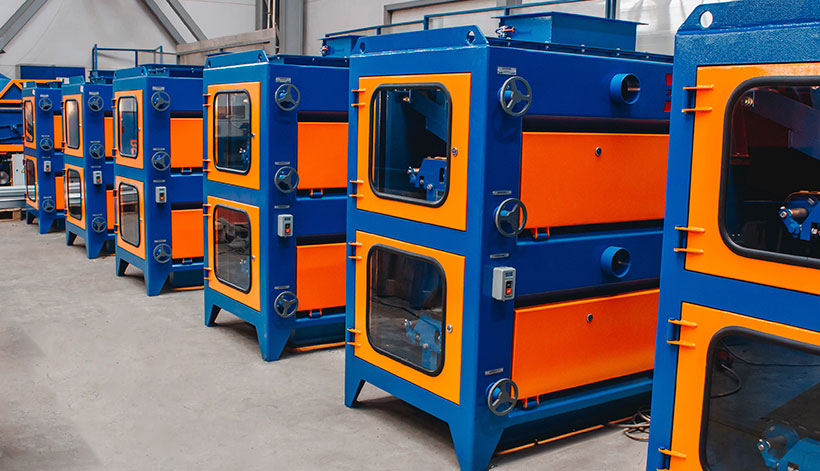
Quartz sand consists of SiO2 particles smaller than 2 mm. It is formed by the decay of igneous and metamorphic rocks containing large amounts of quartz (SiO2). Quartz sand contains impurities such as clay, feldspar, lime, iron oxide and carbonates.
The diagram shows the average distribution of iron oxide by mineral in silica sand deposits.
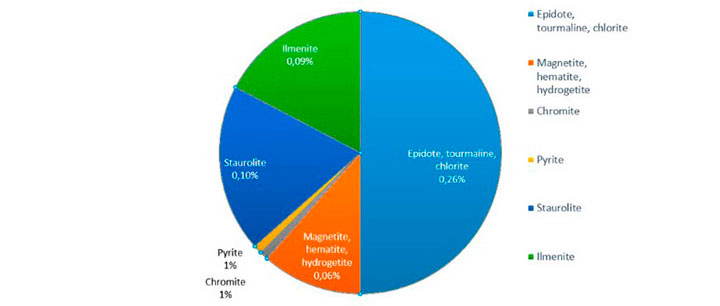
Content of iron-containing minerals in silica sands
The diagram shows that to reduce iron oxide in silica sands it is advisable to use magnetic separation, due to the presence of weakly magnetic minerals - ilmenite, epidote, magnetite, hematite, etc. in the deposits.
Silica sand after beneficiation and removal of minerals including iron is used in various industries, including glass and chemicals. The content of clay and iron in quartz sand should be below a certain level, depending on its intended use.
THE PURPOSE OF RESEARCH
The goal of ERGA in this research was to make the product as reliable as possible in operation. As is known, deposits of quartz sand can be found in many countries around the world, and only in some places are there deposits of high purity. In our studies, we used samples from a North African deposit.
To achieve high purity in silica sand, it is necessary to remove the impurities present in the raw silica ore or silica sand. To effectively remove these inclusions, it is necessary to conduct a thorough physical, chemical and mineralogical analysis of the raw material. By selecting the appropriate settings for a dry magnetic separator depending on the composition of the raw material, silica sand can be beneficiated.
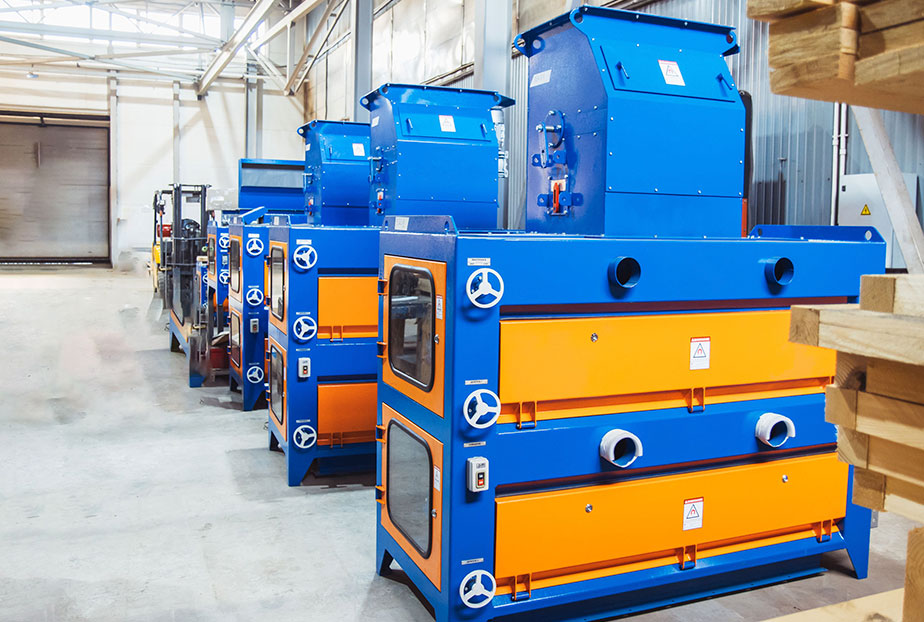
To achieve high purity in silica sand, it is necessary to remove the impurities present in the raw silica ore or silica sand. To effectively remove these inclusions, it is necessary to conduct a thorough physical, chemical and mineralogical analysis of the raw material. By selecting the appropriate settings for a dry magnetic separator depending on the composition of the raw material, silica sand can be beneficiated.
During our beneficiation research, a dry and physical magnetic separation method was used. The magnetic separation experiments used a model of the ERGA RollMag magnetic separator, known for its high field strength. Silica sand samples underwent a three-stage purification process consisting of low- and high-productivity stages.

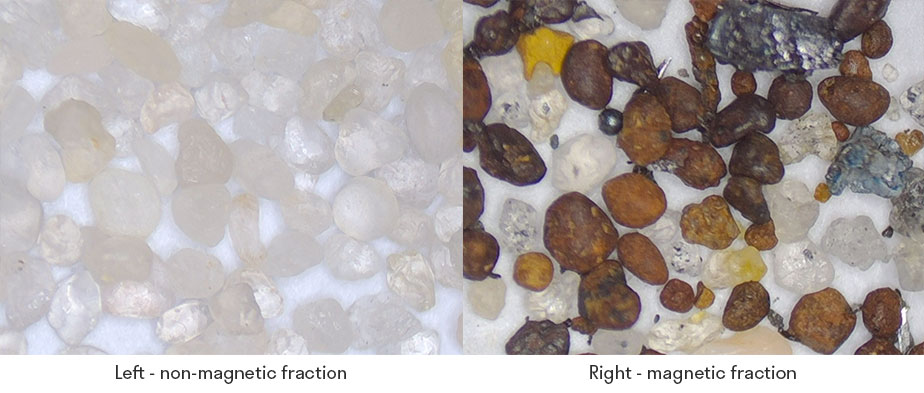
According to the chemical analysis, compared to the original sand, the content of iron oxide Fe2O3 decreased from 0.054% to 0.01%, the content of silicon oxide SiO2 increased from 99.80 to 99.98% also due to the reduction of titanium and aluminum oxide and the removal of aggregates.
The effectiveness of the ERGA RollMag magnetic field in extracting iron oxide minerals, as well as silica with iron oxide inclusions, is shown in the photo.
ERGA ROLLMAG OPERATION PRINCIPLE
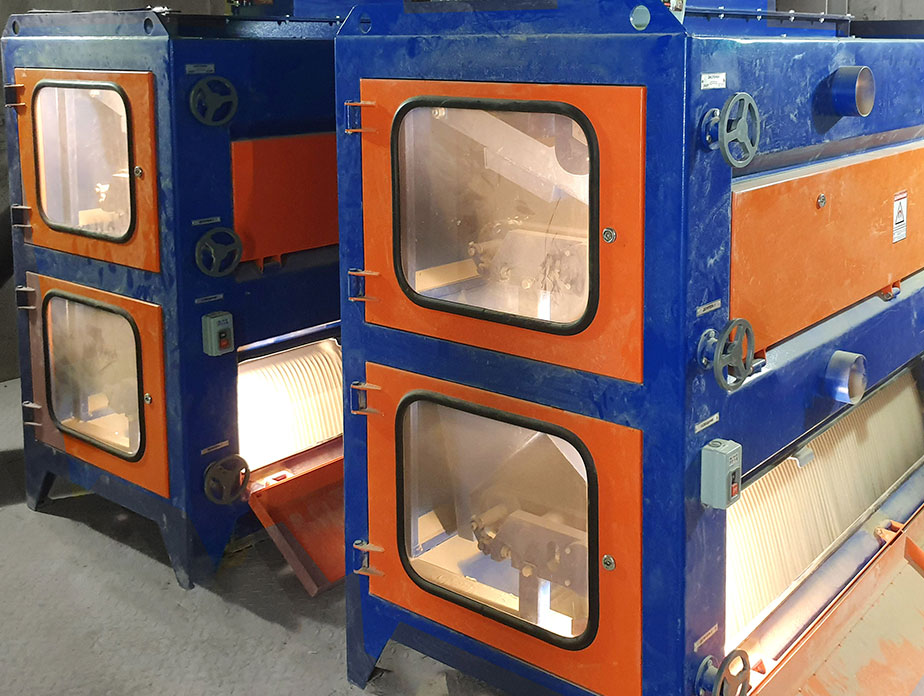
 Fig.1 Operation Principle
Fig.1 Operation Principle
The RollMag operates based on the following principle: the material enters the vibrating feeder from the receiving hopper of the separator. It is then fed in a uniformly distributed flow to the belt conveyor, which is equipped with a magnetic drive shaft. The magnetically susceptible inclusions present in the enriched material stream are attracted to the shaft due to the magnetic field generated by the shaft. These inclusions are held on the surface of the Kevlar tape that envelops the shaft, and they are transported to the unloading zone. To separate the non-magnetic component of the material from the inclusions with low magnetic susceptibility, a divider plate is installed beneath the magnetic shaft. The inclusions with low magnetic susceptibility change their trajectory of movement under the influence of the powerful magnetic field. Prior to the main separation, the magnetic drum separator is installed. This solution protects the ERGA RollMag from damage caused by large metallic impurities.
In its research, ERGA has successfully used dry magnetic separation technology. The magnetic separator was customized individually and its characteristics were set taking into account the characteristics of the material itself and the magnetic properties of unwanted inclusions. Our innovative magnetic separation equipment, new technological processes and quality control guarantee the almost complete absence of impurities, inclusions and foreign colors in the glass produced.
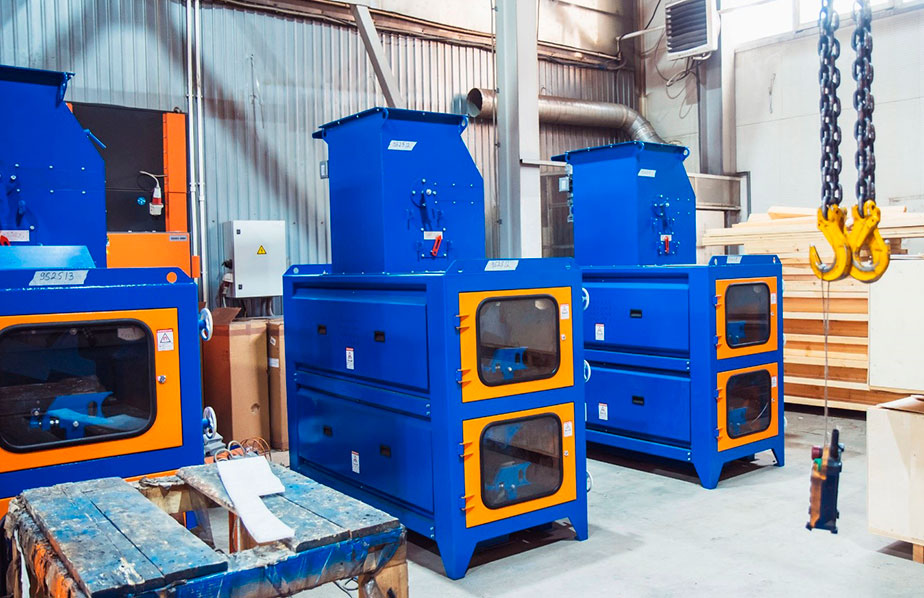
We, as a company with our own research and development base, design bureau and own line for production and processing of permanent magnets, allow us to solve the most complicated tasks set by the customer.
The characteristics and parameters of each magnetic separator are individually tailored to the specific application in order to maximize the effect of magnetic separation.
The advantages of the new magnetic roll separators:
- Achievement of a previously unavailable high degree of separation efficiency for feldspar, silica sand and other materials;
- Possibility of automated remote monitoring system REMOS which monitors equipment status, transmitting data in real time;
- Fully enclosed constructions with the aspiration option.
Later in May, we are excited to announce that we will be publishing a comprehensive and detailed article. This article will provide extensive research on the ERGA RollMag dry beneficiation method, specifically in an Egyptian deposit.
Our research will provide valuable insights into the application of this new technology in the Egyptian deposit, showcasing its potential impact on the mining industry. We have gathered data, conducted experiments, and consulted experts to ensure that our findings are accurate and reliable.
We encourage you to stay tuned for the release of this article in May. It will be a valuable resource for anyone interested in the field of dry sands beneficiation!